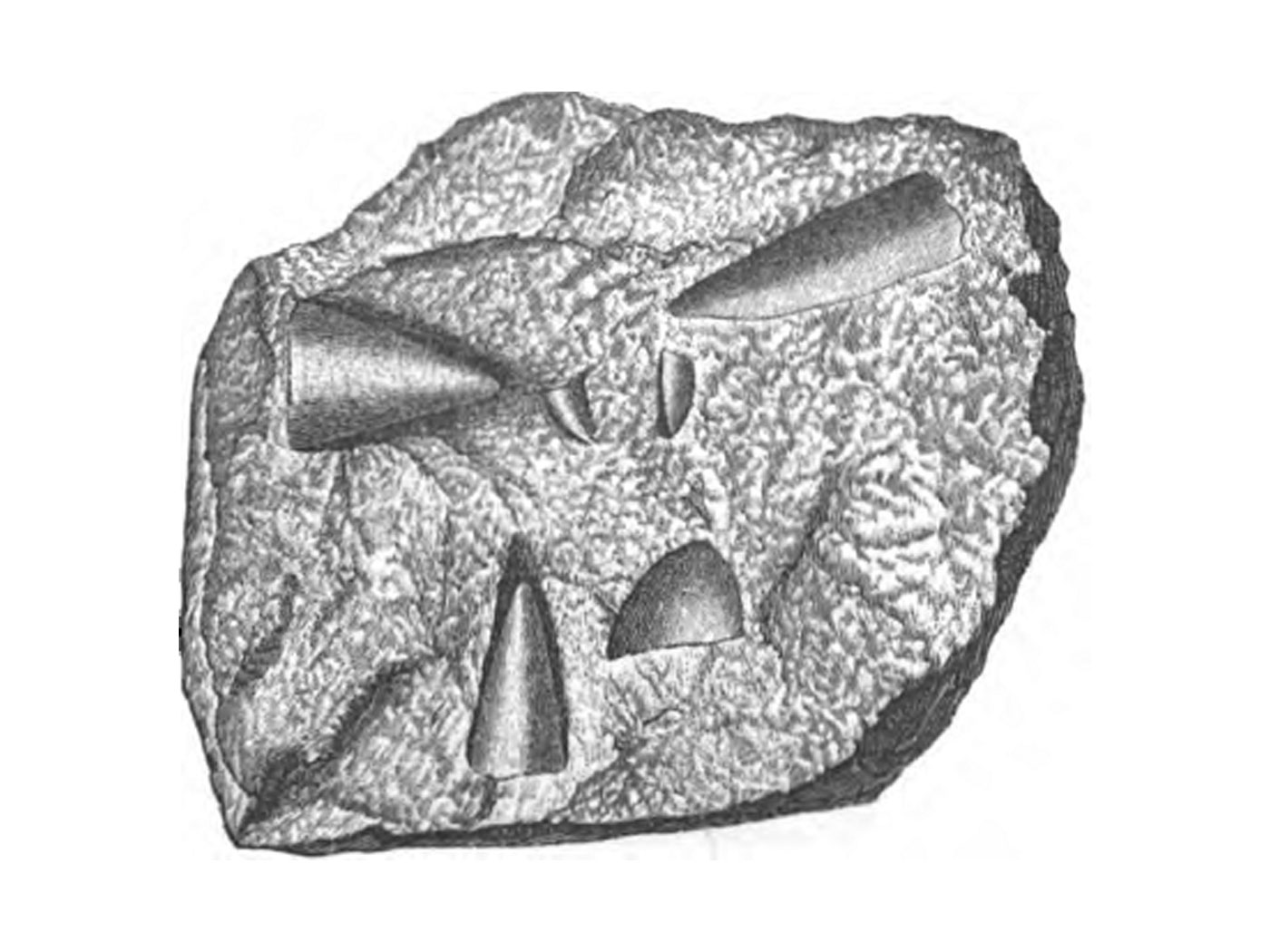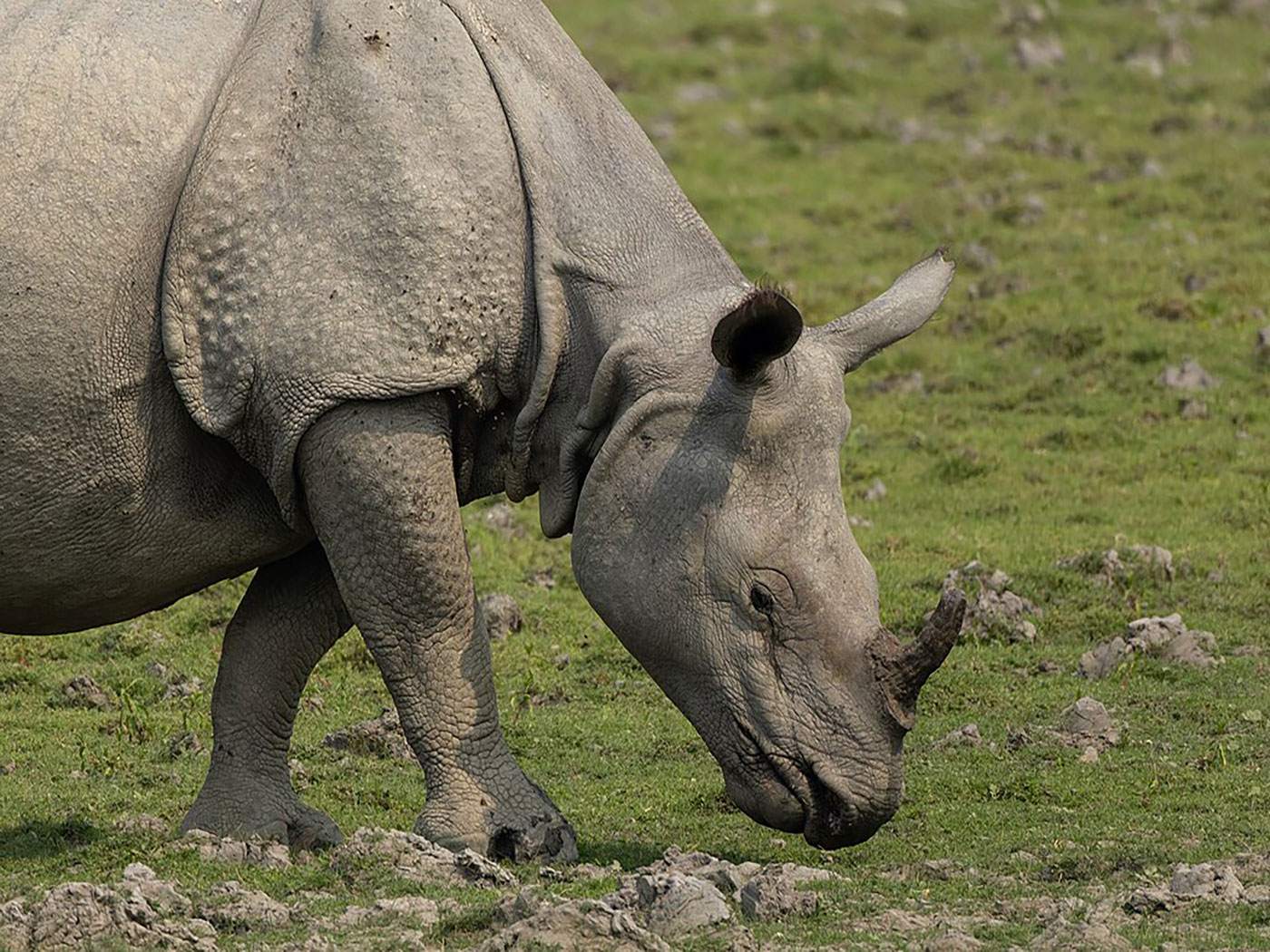Salmonella bacteria became a health threat relatively recently, when chicken eggs were infected by the migration of the bacteria from chickens’ digestive organs to their reproductive organs. Geneticists are working to characterize differences between the harmful and innocuous strains of Salmonella. Although they have termed these dissimilarities “evolutionary,” the genetic differences are very minor and involve a breakdown rather than a gain of genetic information, which actually contradicts an evolutionary scenario.
The April 2009 issue of Agricultural Research magazine carried the report of the team of scientists who are studying the bacteria at the USDA Agricultural Research Service’s Egg Safety and Quality Research Unit.1 Since all strains of Salmonella enteritidis, which includes the problem-causing strain, are essentially genetically identical, researchers had to painstakingly compare and double-check their DNA sequences for tiny differences called polymorphisms. These were likely caused by mutation, and 447 have been detected in the multiple Salmonella strains.
Lead researcher Jean Guard-Bouldin found that the potentially high rate of cell division in Salmonella means that it can produce many generations in a short time, thus giving the opportunity for polymorphisms to stack up. But after all the years and all the generations that have transpired since this bacterium has been identified, Salmonella strains remain “apparently identical.”1 This fact alone strongly favors the creation model, which holds that God engineered this organism so that even after millions of generations it could retain its identity with stunning fidelity.2
Even though the USDA report used the word “evolution” five times, it contained no discovery or data that exemplifies, resembles, or illustrates the kind of upward development that is most often meant by that term. The research attempted to demonstrate “how human disease organisms evolve,” but the origins of a disease are different in kind than the origins of an organism. For a disease to “evolve,” all that is required is corruption of an organism’s pre-existing information. For an organism to evolve, brand new, functional, integrated information must arise where there was nothing of its kind before. This research demonstrates the former, not the latter.
When the author of a report such as this fails to make this distinction, a casual reader might come away thinking that Darwinian evolution has somehow been verified by these studies. Instead, the research shows that recent mutations in Salmonella have resulted in just enough of a downgrade of information in some strains that they now cause disease. How can the instant leaps of information required for living systems to evolve be gained by losing information a bit at a time?
Rather than an illustration of evolutionary progress, Salmonella strains clearly testify to the reality of the fallen, sin-cursed state of this world, in which disease and death serve to corrupt what was initially created to be “very good.”3
References
- Durham, S. 2009. Tracking Salmonella’s Evolution from Innocuous to Virulent. Agricultural Research. 57 (4): 8, 9. Posted online at ars.usda.gov March 31, 2009, accessed April 24, 2009.
- Salmonella was identified in 1885 by Theobald Smith. If the bacteria have been dividing at one third their optimal rate since that time, then they have experienced over one million generations. The 447 polymorphisms out of the 4.6e6 total DNA bases constitute a mere 0.0097 percent of the Salmonella genome. If these 447 base changes occurred over the 1e6 generations since discovery, then the bases mutated at the snail’s pace of 0.0004 bases per generation! This astoundingly low rate testifies to the effectiveness of those cellular systems responsible for DNA integrity, preservation, and repair, and therefore to the genius of the Inventor of those protein systems.
- Genesis 1:31.
* Mr. Thomas is Science Writer at the Institute for Creation Research.
Article posted on May 8, 2009.


















